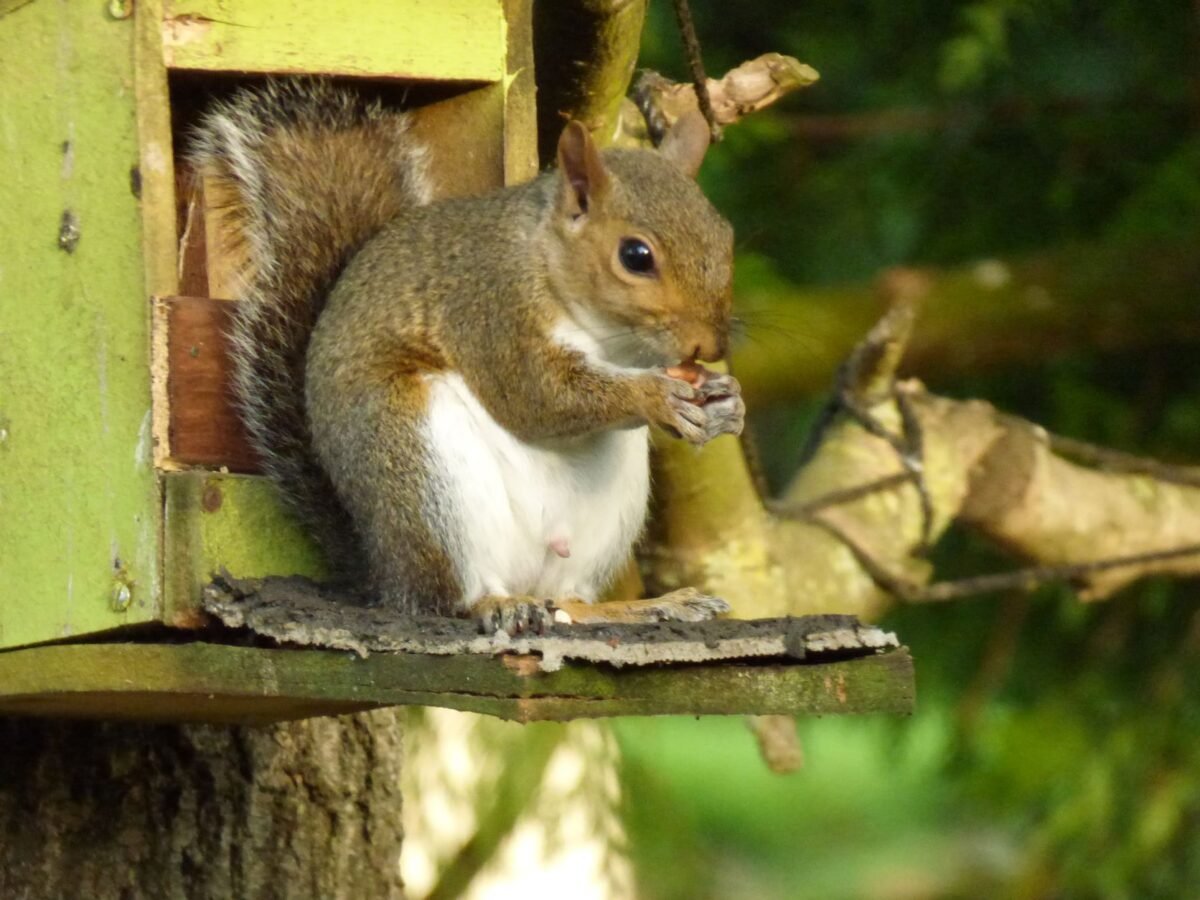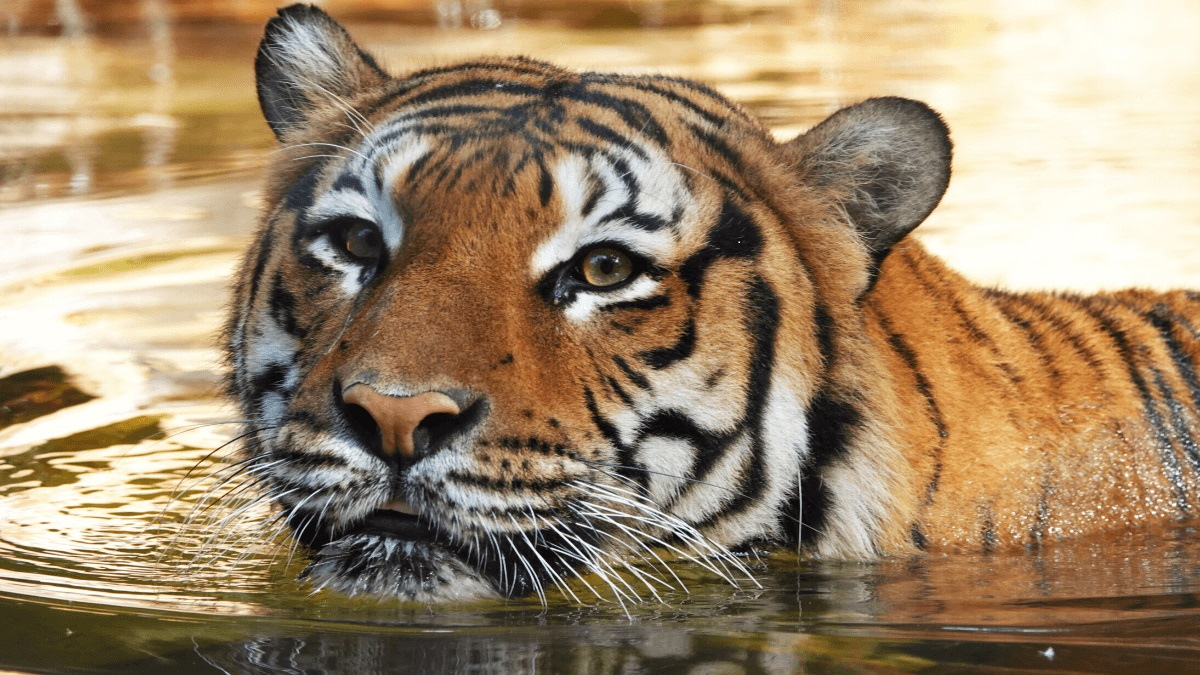-
Sterilising Grey Squirrels, a nonsensical idea.

All squirrels have similar habits and behaviours. Wiping out the greys and increasing the population of reds will only make the reds pests. Contraception is a nonsense approach.
-
Zoo animals need more protection from foolhardy humans.

The demise of Eko, an endangered tiger at Naples zoo, is another example of why zoo animals need more protection from foolhardy human visitors.